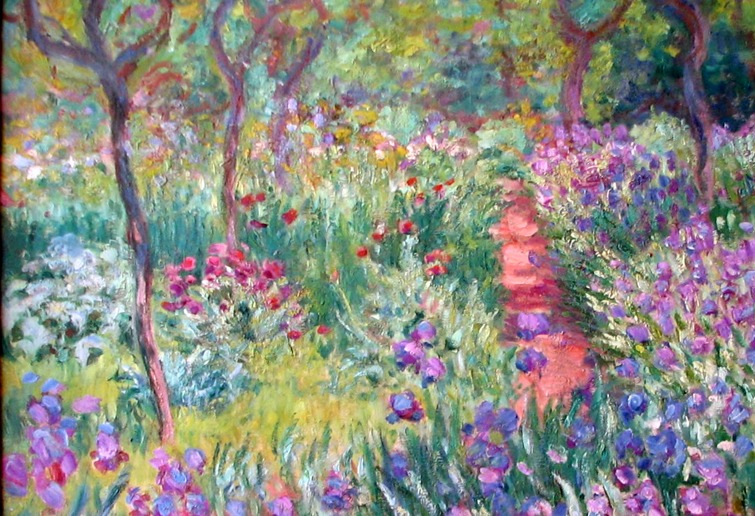 The BBC broadcast a programme on the Fall and Rise of the Bicycle in China http://www.bbc.co.uk/radio4/fallandriseofthebicycle/ which was actually about the Rise and Fall of the Bicycle in China. The main point was that the world’s greatest cycling country aims to become the world’s greatest motoring country. In Beijing the cycle lanes are being narrowed and cars are being allowed to obstruct them. I don’t know if the presenter has experience of cycling in Beijing but I can tell him about another problem: many of the cycle lanes are full of near-silent electric motor bikes. To people like me, who are in the habit of using their ears to discover when a motorbike is about to overtake, this can be very dangerous. I would not want any westerners to be in the position of appearing to say ‘you can’t live as we live’. But I am happy to pronounce that ‘most western countries made a terrible mistake when they switched from bikes to cars (eg from 1920-1960) so please think a thousand times before you make the same mistake. Beijing still has some of the best cycle paths in any capital city (photo courtesy Rich & Cheryl)
The BBC broadcast a programme on the Fall and Rise of the Bicycle in China http://www.bbc.co.uk/radio4/fallandriseofthebicycle/ which was actually about the Rise and Fall of the Bicycle in China. The main point was that the world’s greatest cycling country aims to become the world’s greatest motoring country. In Beijing the cycle lanes are being narrowed and cars are being allowed to obstruct them. I don’t know if the presenter has experience of cycling in Beijing but I can tell him about another problem: many of the cycle lanes are full of near-silent electric motor bikes. To people like me, who are in the habit of using their ears to discover when a motorbike is about to overtake, this can be very dangerous. I would not want any westerners to be in the position of appearing to say ‘you can’t live as we live’. But I am happy to pronounce that ‘most western countries made a terrible mistake when they switched from bikes to cars (eg from 1920-1960) so please think a thousand times before you make the same mistake. Beijing still has some of the best cycle paths in any capital city (photo courtesy Rich & Cheryl)
A Chinese contributor to the programme explained that riding a bicycle is a working class and driving a car shows that you are an important person. That is why the Chinese landscape architecture profession needs to become involved. Landscape architects can design such safe and beautiful cycle lanes that using them becomes a mark of what used to be the distinghishing characteristic of China’s scholar-officials: GOOD TASTE. Come my Chinese friends and colleagues: show the world what you can do and we should do. Cycle planning should be incorporated with greenway planning and design, in China and everywhere.


